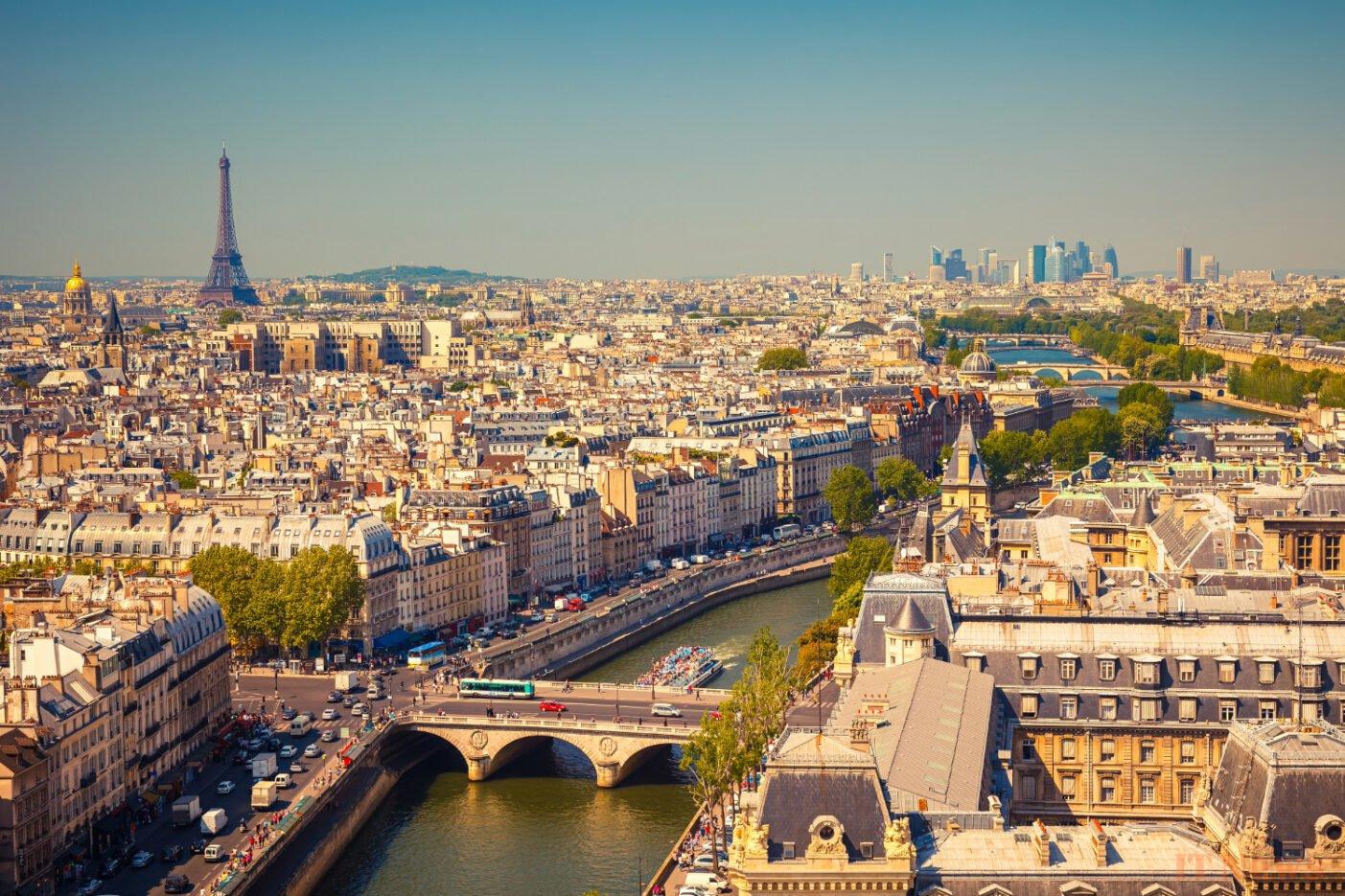Although Arles has only 50,000 inhabitants, it can nevertheless boast of holding a very specific record: that of the most extensive city in France. The city in the Bouches du Rhone region covers no less than 758.9 km², which allows it to rival its American rival New York City (783.8 km²).
On the city's official website, we learn that the “population is divided between the central agglomeration and eleven villages, the furthest of which is located nearly 40 km from the city center”. Our colleagues at Le Figaro add that it takes almost an hour by road to reach the wild beaches (Piémanson) from the emblematic amphitheater in Arles city center. Note that the Camargue is officially part of Arles, which also explains the city's gigantic size.
The top 3 largest cities
Behind Arles, we find two other rather unexpected communes: Val-Cenis in Savoie and Saintes-Maries-de-la-Mer. The large urban areas are very far from reaching these figures. For example, Paris is only 105 km² (intra-muros) while Marseille measures 240 km². In the end, Paris is almost 7 times smaller than Arles, while it has more than 2 million inhabitants within its walls.
But be careful, Arles is officially only the largest metropolitan city. It is in French Guiana that we have the largest commune in France: Maripasoula measures no less than 18,360 km². It is 1.5 times the size of the Île de France. It represents alone about 25% of the entire territory of Guyana.
It should be noted, however, that in terms of population, Paris is in the lead, with about 2.1 million inhabitants within the city walls (not including the suburbs). It remains the most populated, even if the Parisian metropolis extends well beyond.



0 Comments